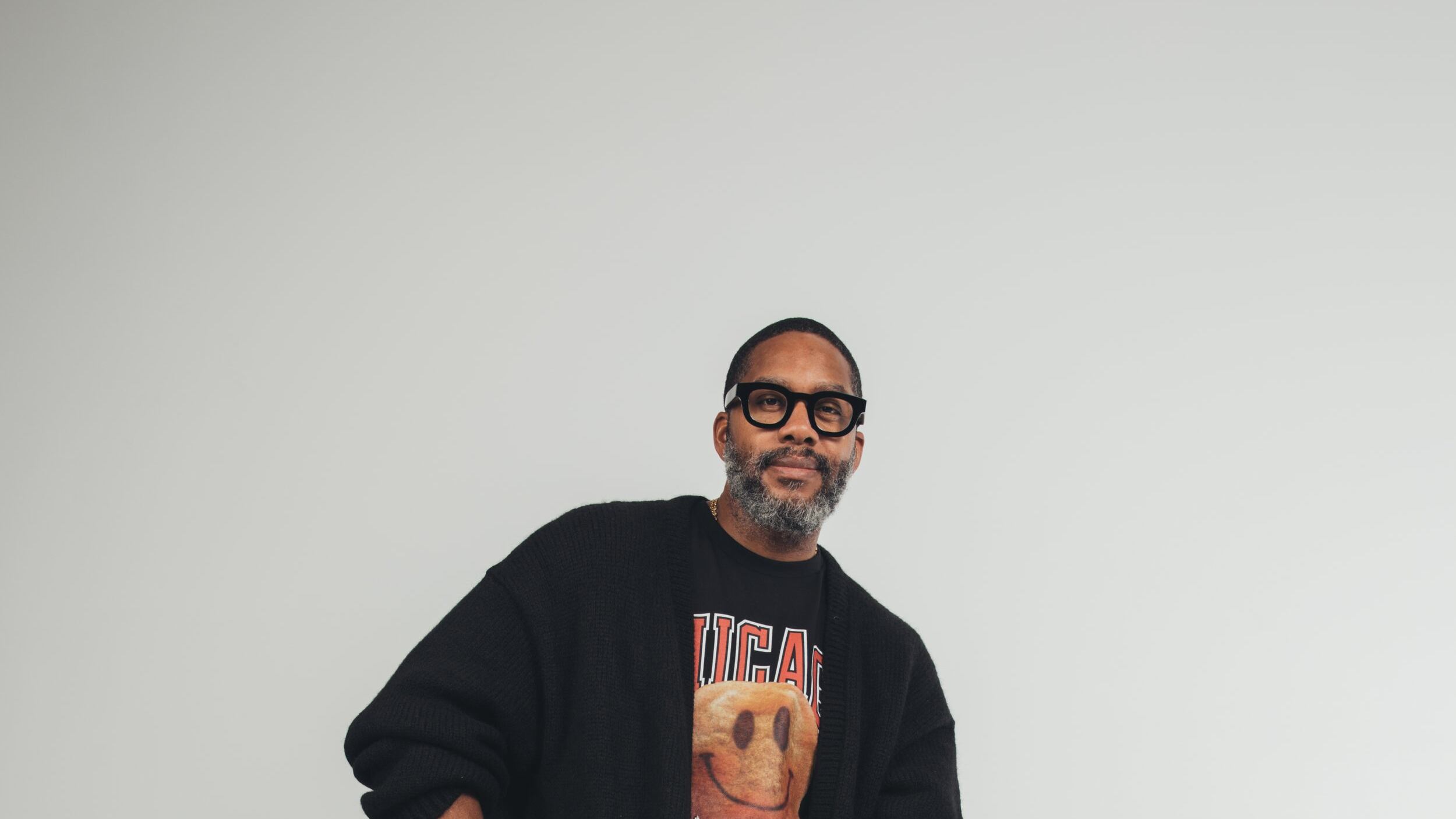Throughout the history of basketball, the greats have captivated us with their style.
The way Michael “Air” Jordan seemed to levitate toward that hoop? Style. How Stephen “Chef” Curry woo-baby gets those threes, not even turning to look back because he already knows those shots are in? Style. Steve “Captain Canada” Nash “zigging and zagging and spinning and twirling” past defenders, then sinking from the midrange? Style.
And off the courts? That style shows up in a thing called fashion.
Over the decades, basketball players’ fashion has evolved to become a statement of identity and an outlet for impact. In Fly: The Big Book of Basketball Fashion (Artisan Books, 224 pages, $40), Pulitzer Prize-winning Survival Math author and Portland native Mitchell S. Jackson explores that evolution and looks at where basketball players’ fashion is today.
The book is filled with beautiful images of players in beautiful outfits, each accompanied by Jackson’s storytelling captions that take readers on a journey down memory lane or into new insights. Especially powerful is the opening image: the iconic 2017 GQ photo of LeBron James in a regal burgundy peacoat clutching a golden ball that, as Jackson writes, “might’ve been touched by Midas himself.”
“I thought that picture was emblematic—the jacket, the jewelry that signifies wealth; his shirt off and how well conditioned he is,” Jackson tells WW. “It communicates a lot of things about why he’s great and about him being fashion forward. And he’s like the figure for this era of the NBA, right? So what better way to open the book than him?”
Later on in Fly, LeBron is pictured in the NBA bubble with three of his Lakers teammates. It’s August 2020. The players are on one knee, wearing Black Lives Matter shirts, and LeBron has his fist raised in a Black Power salute. “Now, to me, that’s three different levels of protest—the ultimate form of protest…and for me, that really shows how much power LeBron recognizes he has, and how much the NBA is supportive of their players having a political opinion,” Jackson says.
Rather than organize the time periods by decades, Jackson organized Fly into eras, which he says better demonstrate each period’s zeitgeist. For example, during The Conformists era (1946-1963), Jackson writes about how Black players didn’t have the same type of expressive freedom they have today, and were typically seen wearing basic suits.
“Pre-civil rights, where we were struggling to be seen as full human beings and struggling for our citizenship, why would you risk it?” Jackson says of Black players intentionally not standing out with their fashion choices. “If you’re the one Black guy in the arena with 10,000 people in there, there’s logic in conforming to what was there. And also, at the time it’s like, well, if it’s good enough for white people, it’s good enough for us too, right? We’re just trying to become equal, versus thinking that we’ve surpassed them. I don’t know if it even crosses your mind to get past them yet because you’ve been held down so far.”
In 1964, the start of what Fly calls the Flamboyance era, President Johnson signed the Civil Rights Act—and soon after, the aesthetics of basketball fashion started to shift. This is where Fly starts to get…fly. From Artis Gilmore’s fro to Larry Bird’s classic mop to Kareem Abdul-Jabbar in a dashiki to Julius Erving in the hottest boot-suit combo of 1976, it’s an age of glorious self-expression.
After the appropriately titled Jordan era (1981-98), Fly explores The Iverson Effect (1999-2009), when hip-hop fashion boomed and bling “was a requisite,” as Jackson writes.
“I think there’s the reductive idea that athletes should shut up and dribble,” he says. Regarding basketball players of today, he adds, “I think these athletes more possibly, at a greater number than in any other generation, are pushing against that idea that they have to do one thing or be one thing. And I think they’re also more informed than any other generation because of social media and the internet, right? And they’re using those tools to be impactful.”
That promise of seismic change is the soul of Fly. “The confluence of professional basketball and fashion holds a mirror to American culture,” Jackson writes. “But it also, as we shall see, helps define it.”
SEE IT: Mitchell S. Jackson appears in conversation with Ken Boddie at Powell’s City of Books, 1005 W Burnside St., 800-878-7323, powells.com. 7 pm Wednesday, Sept 20. Free.
